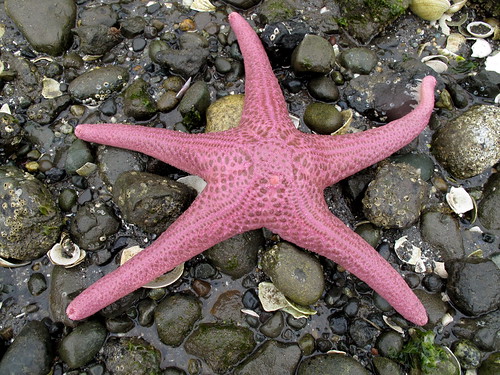Question: Which food choice will the crickets prefer?
Hypothesis: If we give the crickets a choice of apples and celery then they will eat the apples because based on other observations they prefer apples.
Digital Picture:
 | |||||||
| Crickets in container with celery and apples |
Data Table:
Explanation: what I did was at first we placed both options (the celery and apples) into the container. After I put the crickets (two) into the container along with the choices. After, my partner and I recorded what we saw so far between the crickets and their new environment we also came to the conclusion that both crickets liked both options.
Conclusion: When two crickets were placed into the container with both options of celery or apples, at first both crickets were fond of the apple option. But when the other option (the celery) was placed closer to them they began to take a liking to both the celery and apples. The evidence that supports this is that one cricket at first only preferred the apples, but when another cricket was placed with it they both seemed to like both of the options.


